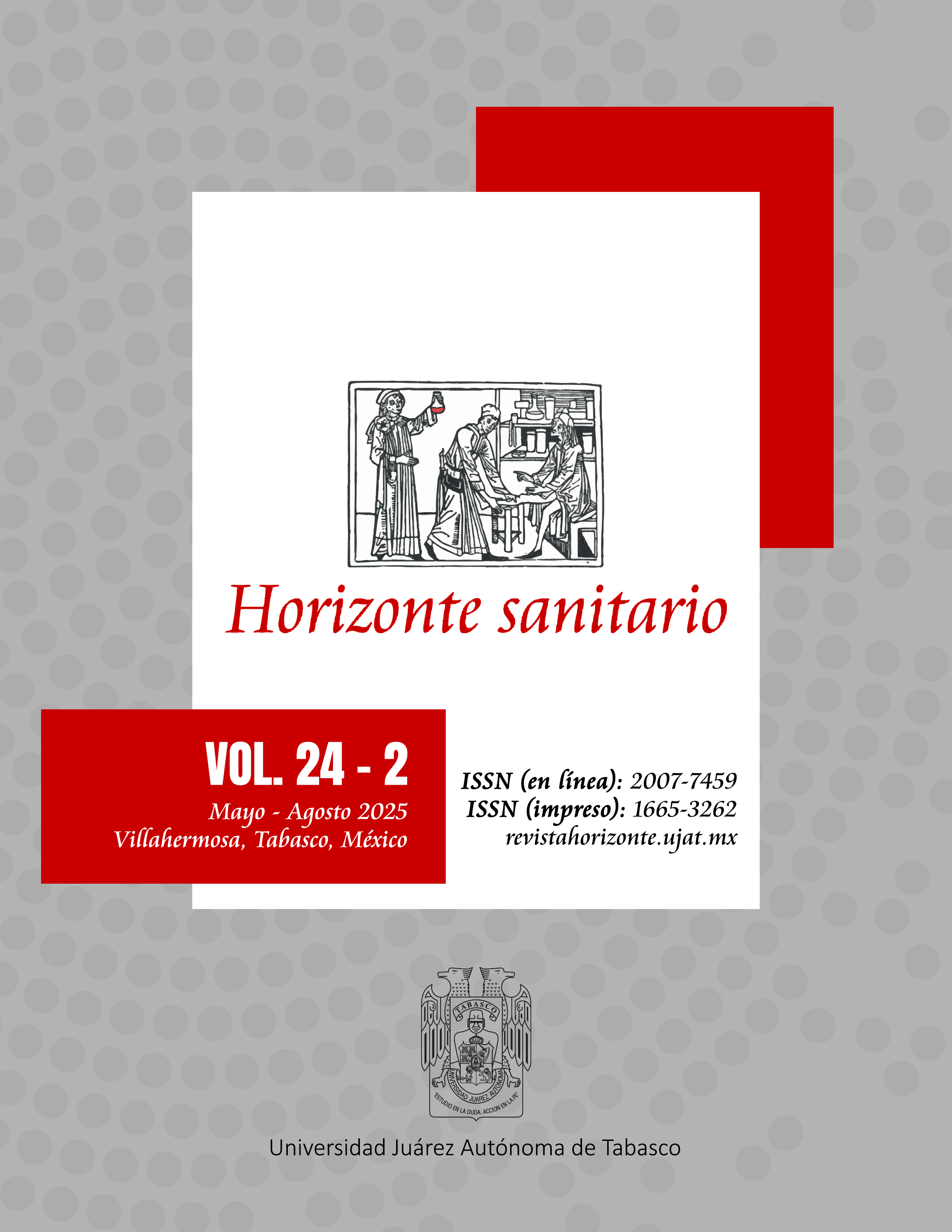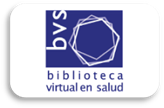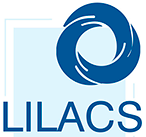Robotic surgery: a look into the future of surgical intervention
DOI:
https://doi.org/10.19136/hs.a24n2.5888Abstract
Objective: To analyze and detail the evolution and innovations in robotic surgery, emphasizing its influence on modern medicine and anticipating future trends that could further transform the field of surgical interventions.
Materials and Methods: A systematic review of the scientific literature focusing on robotic surgery was conducted, limiting the search period to the last five years. The search was performed in the PubMed and Scopus databases, selected for their broad coverage and relevance in health sciences. The search strategy was designed using key terms related to robotic surgery and nursing, combined with Boolean operators to maximize comprehensiveness. Clear inclusion and exclusion criteria were applied, prioritizing studies with rigorous methodology and clinical relevance. Study selection and analysis followed the PRISMA methodology, ensuring transparency and reproducibility. For qualitative analysis, ATLAS.ti and Rayyan software were used to facilitate the organization, coding, and critical evaluation of the collected information.
Results: From the 20th century to the present, robotic technology and artificial intelligence have transformed surgical procedures, improving precision, reducing recovery time, and offering new possibilities for treating complex diseases. The popularity of the Da Vinci Surgical System and the increasing use of artificial intelligence are mentioned. Specific applications in orthopedics, urology, gynecology, and pediatric surgery are also discussed.
Conclusion: Robotic surgery offers major advances for the future through the evolution of systems we already use today. Their perfection will allow for improved operative and postoperative management.
Keywords: Patients; Robotic surgery; Technology.
Downloads
Downloads
Published
Issue
Section
License
Copyright (c) 2025 Horizonte Sanitario

This work is licensed under a Creative Commons Attribution-NonCommercial-ShareAlike 4.0 International License.





























